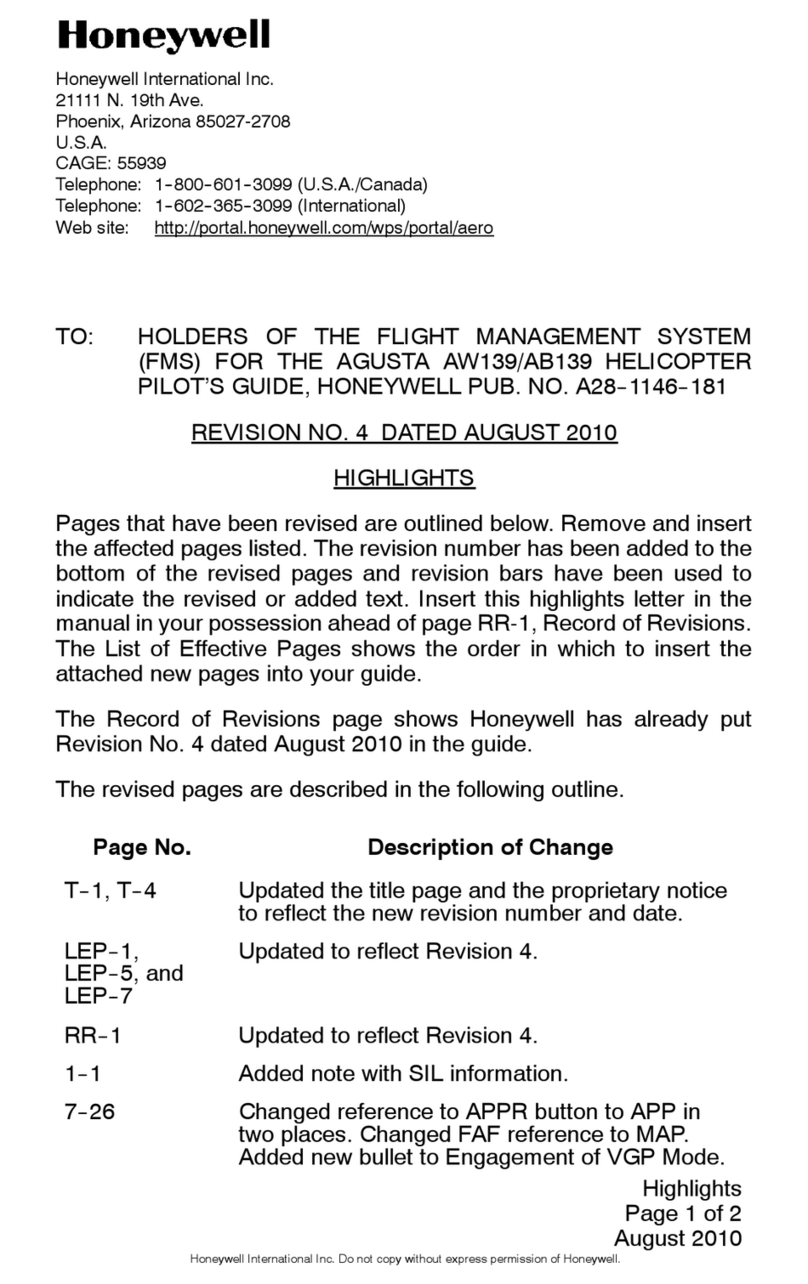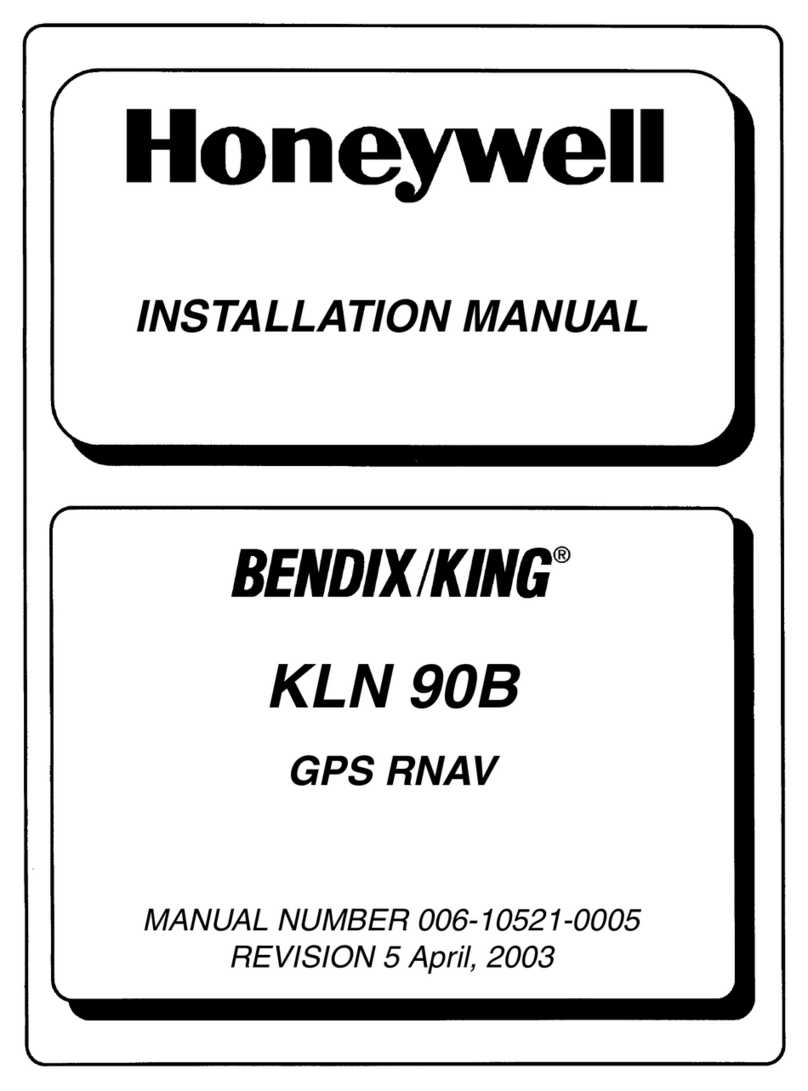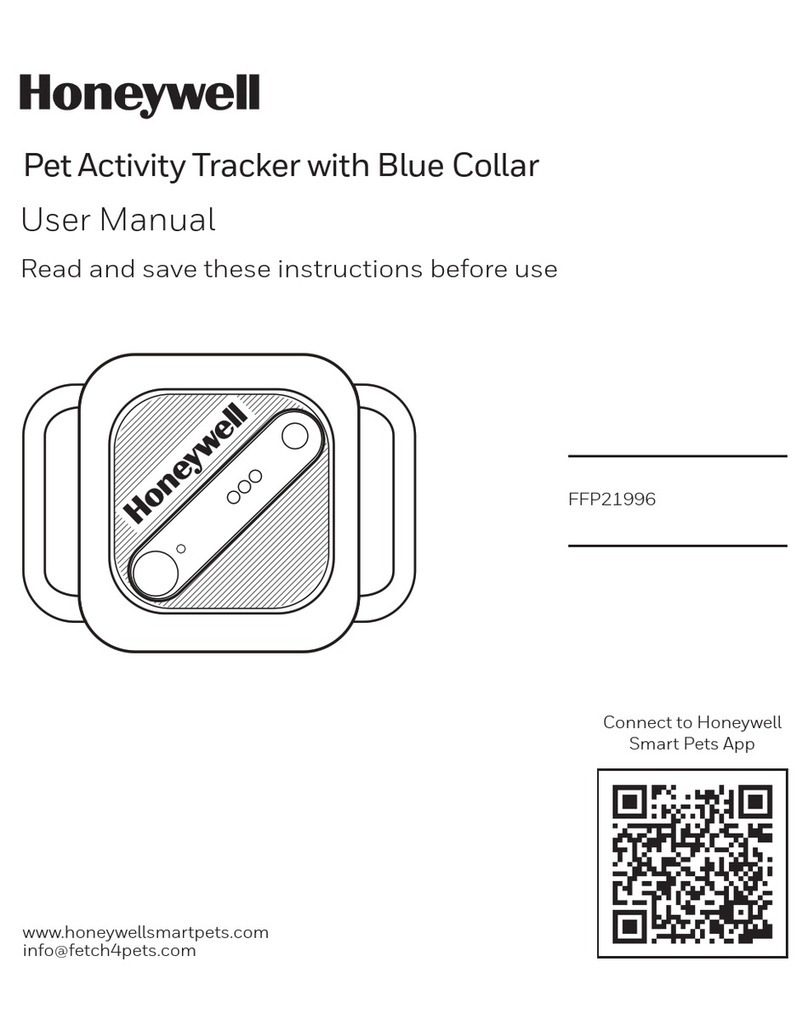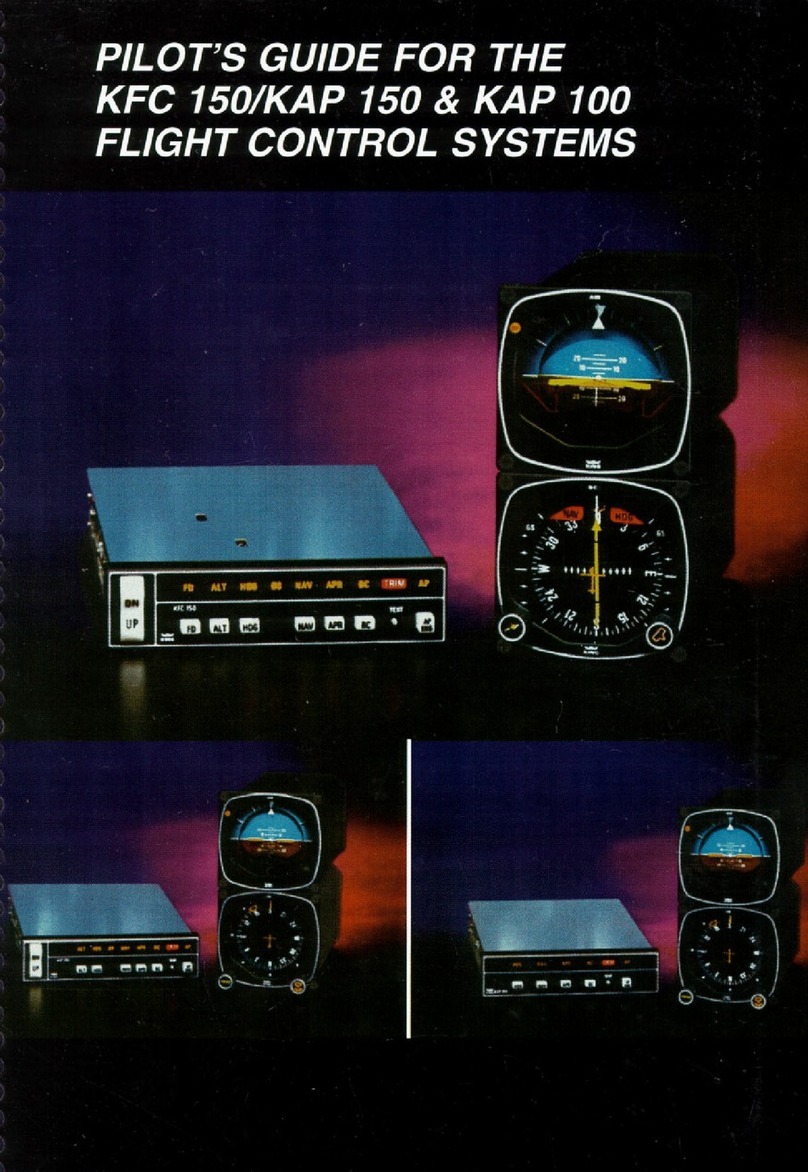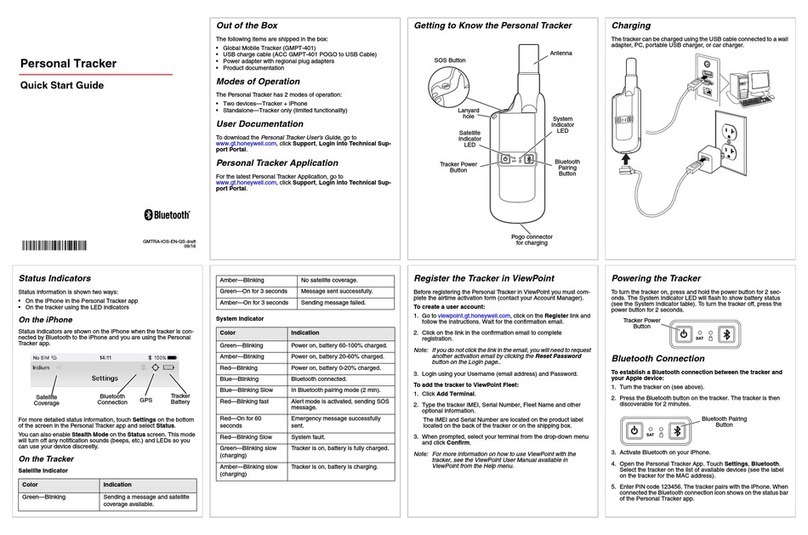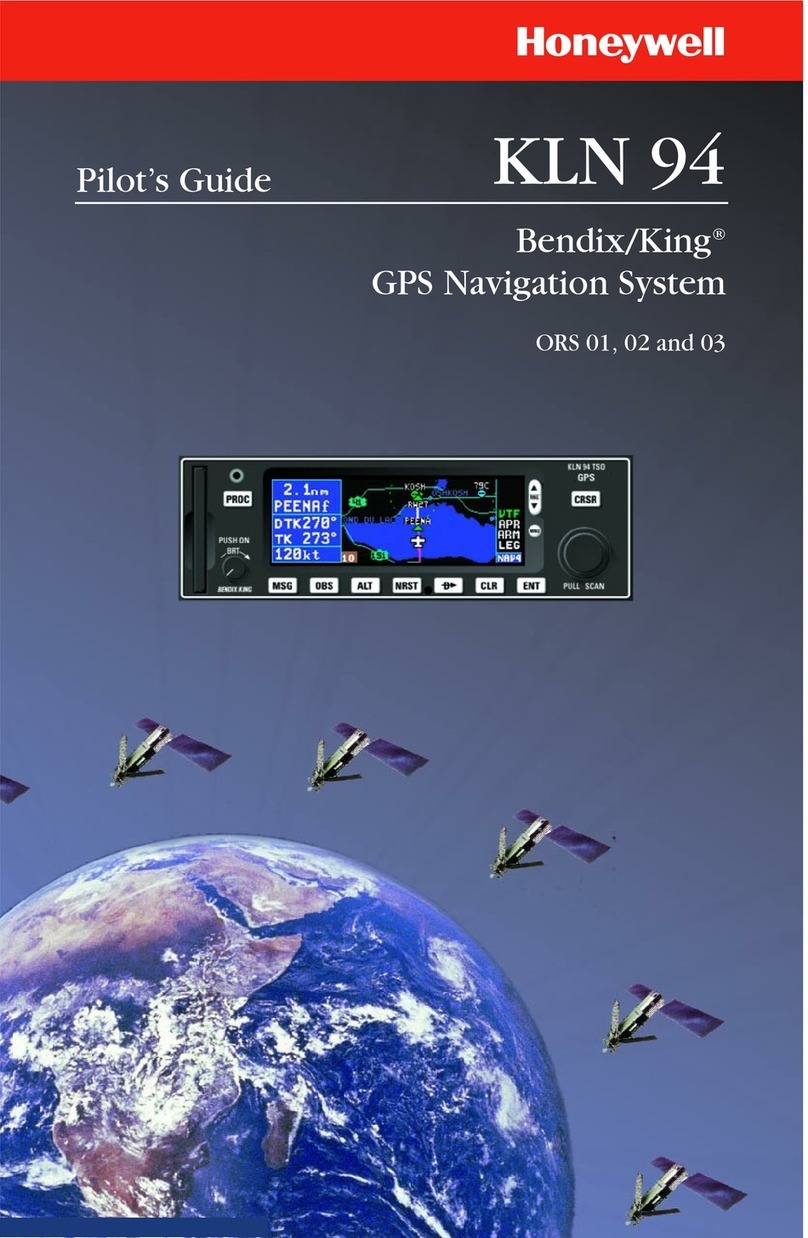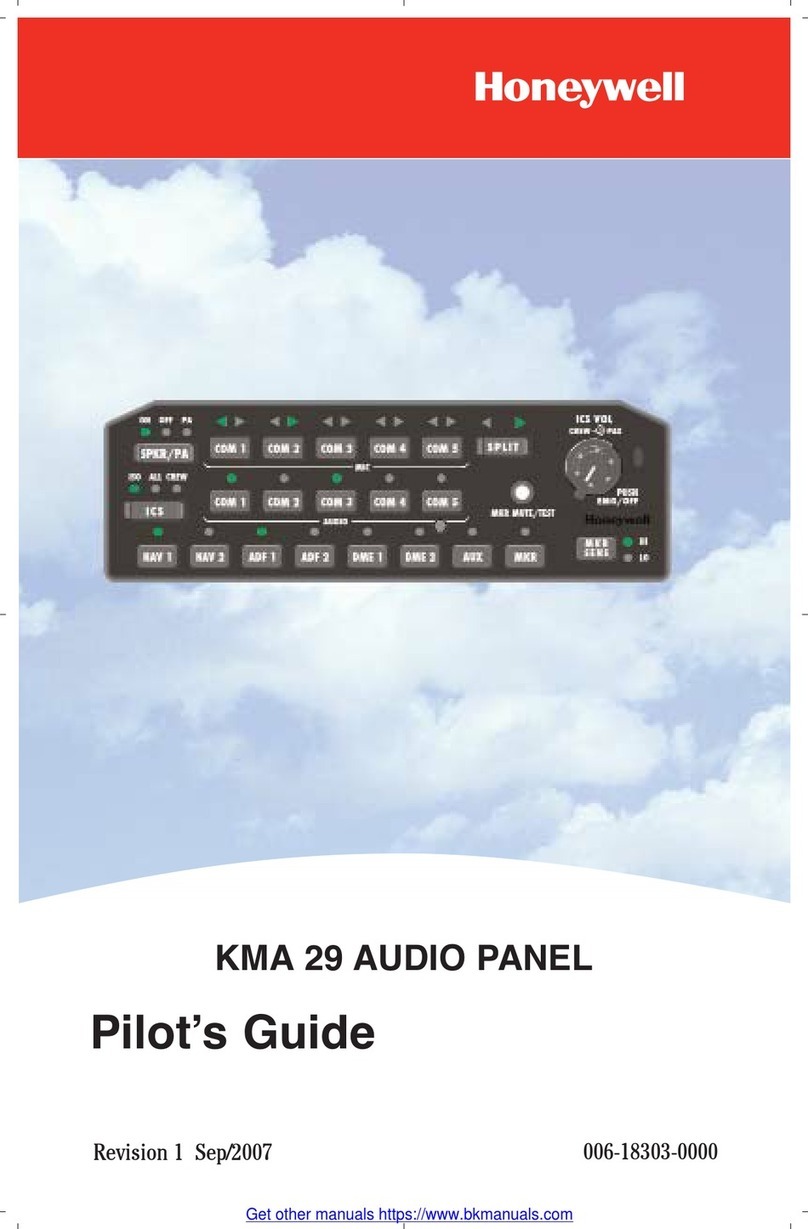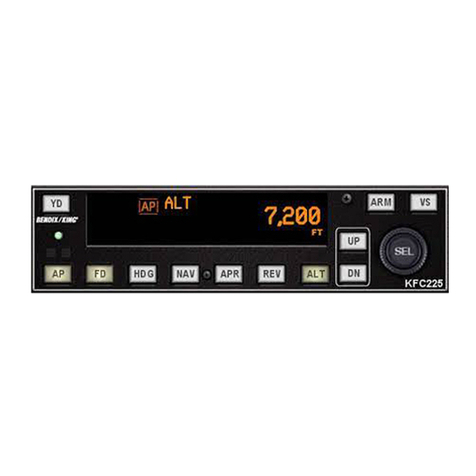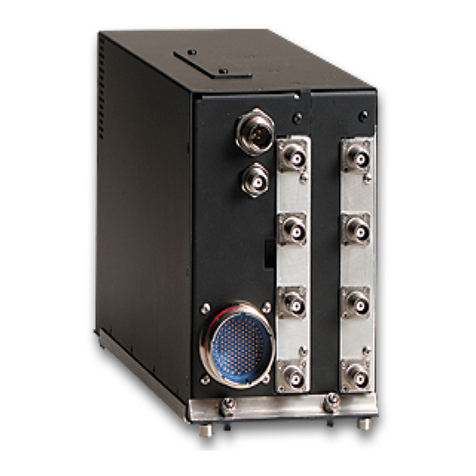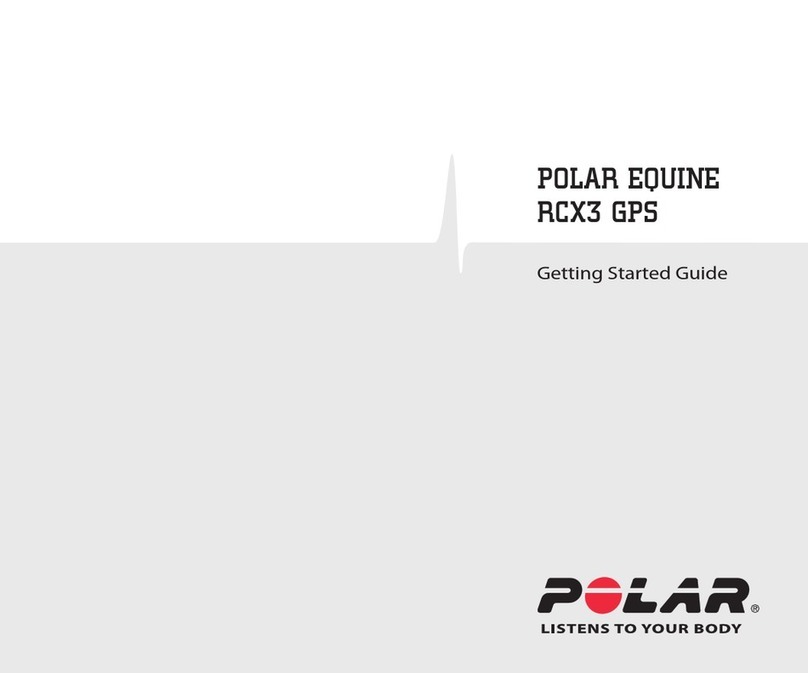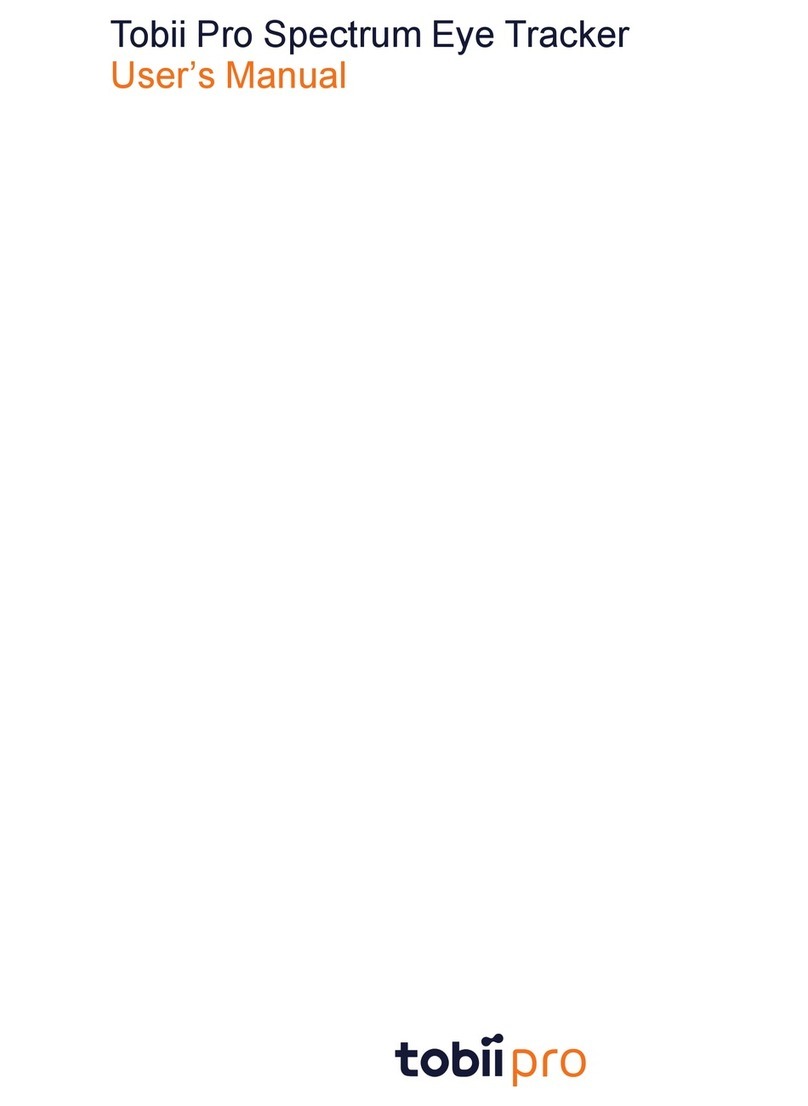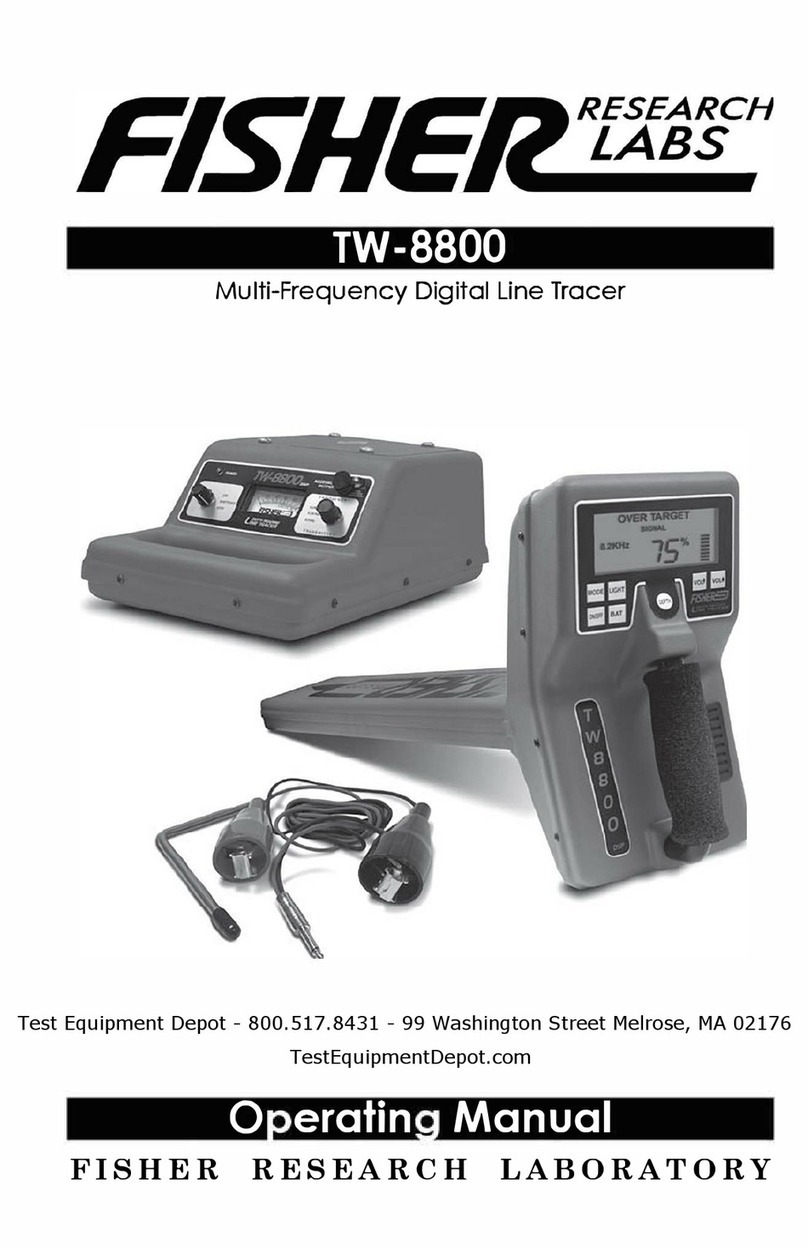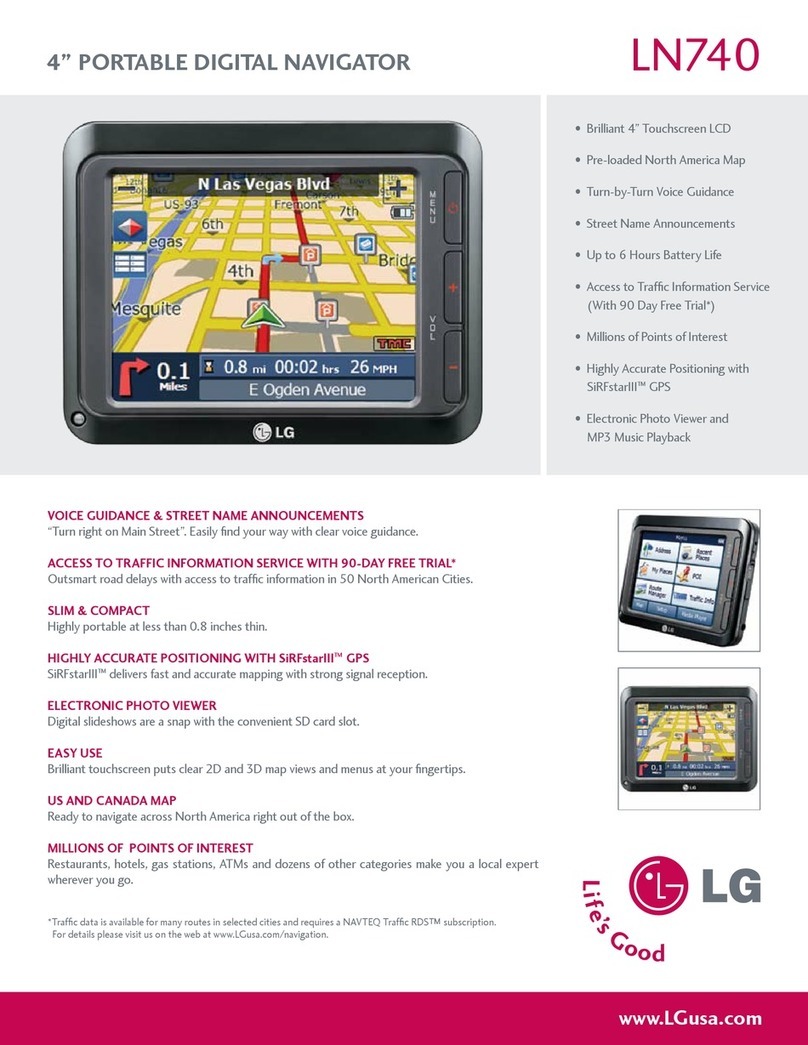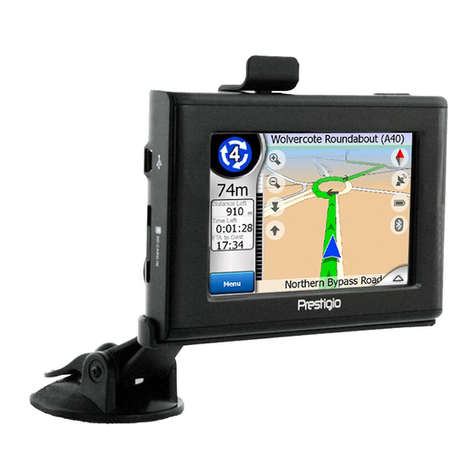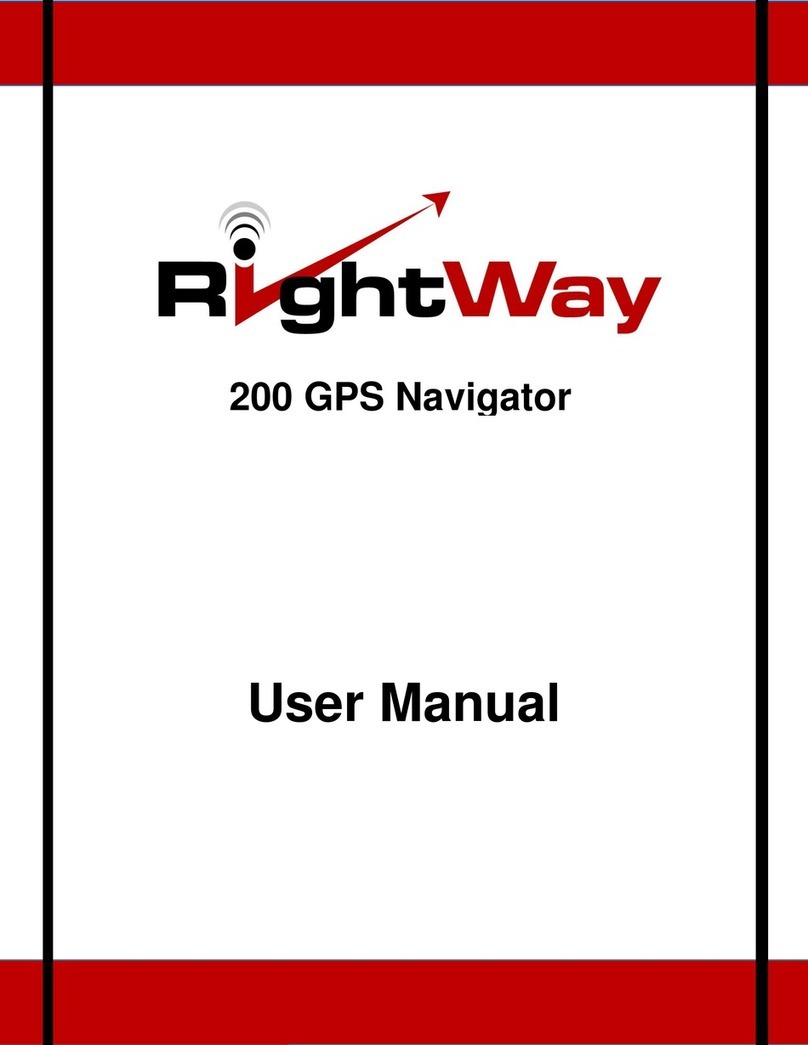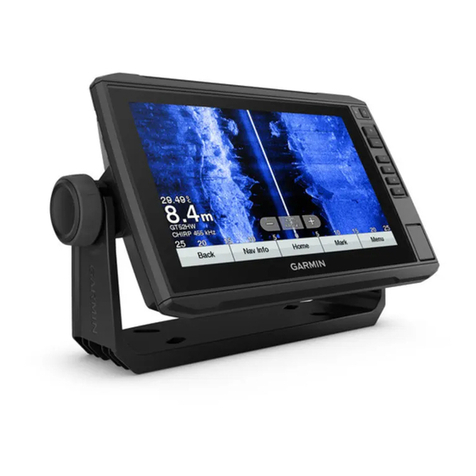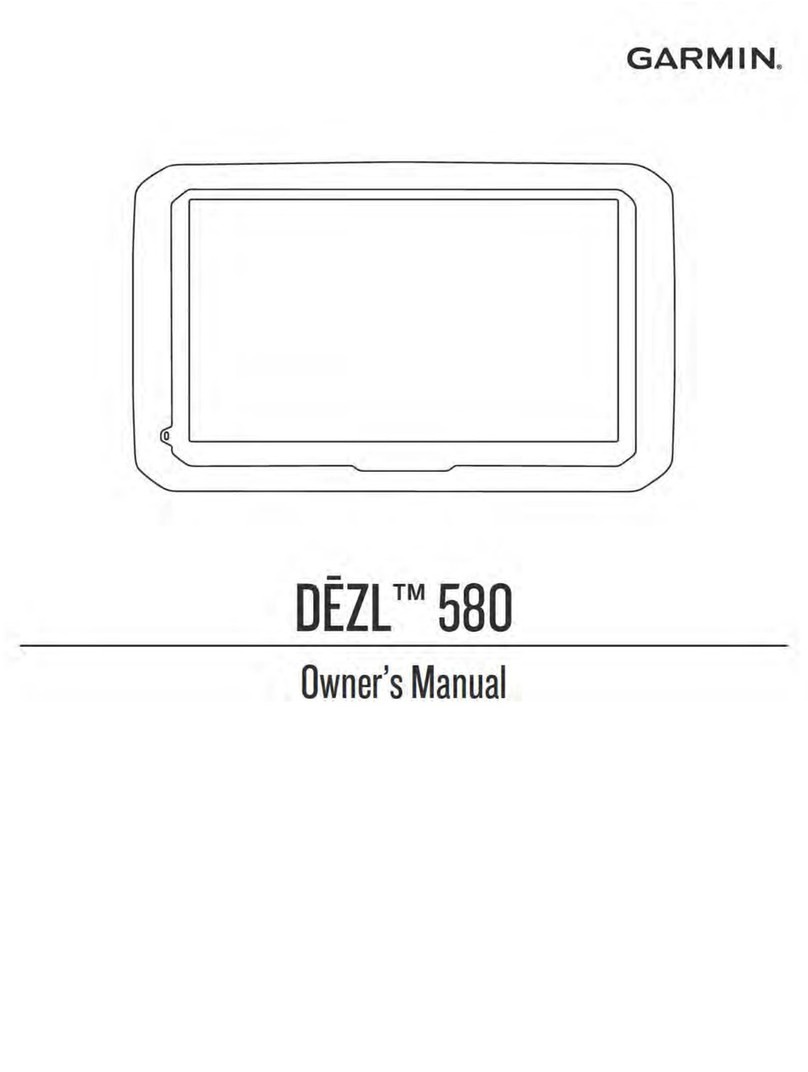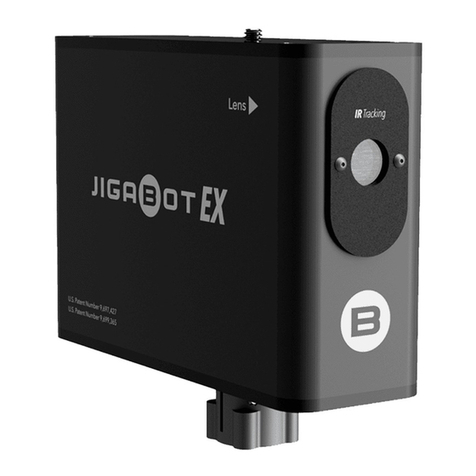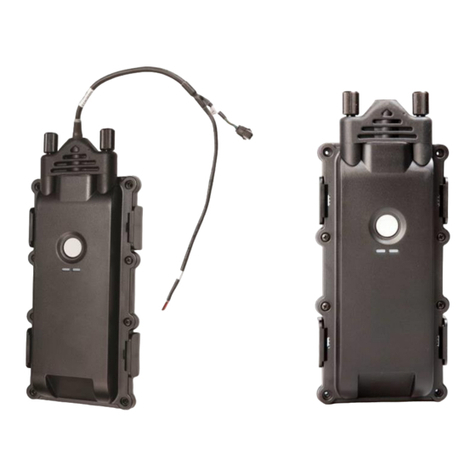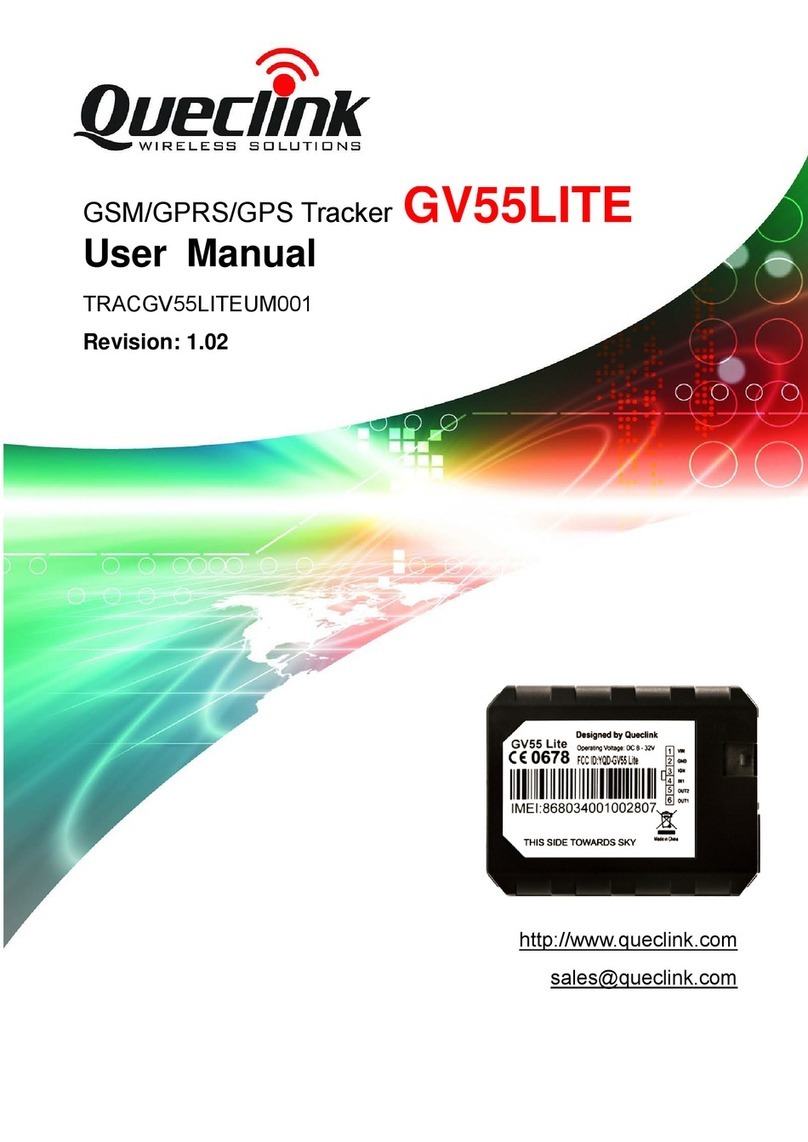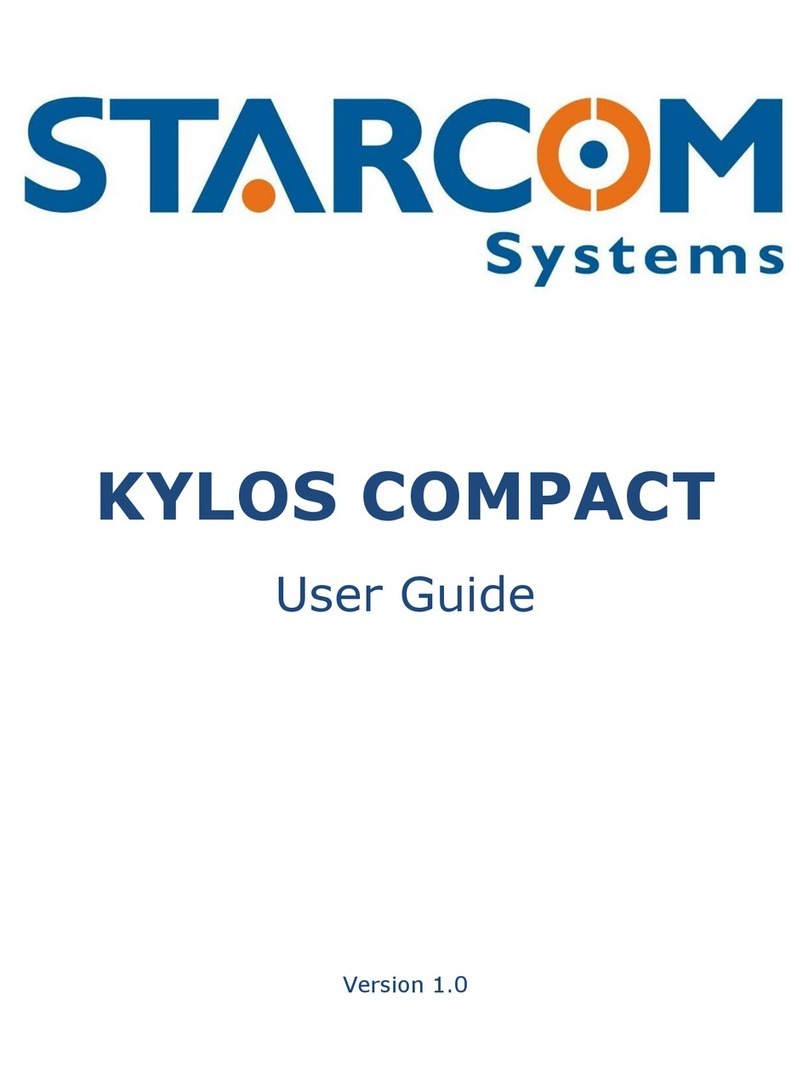Rev 5 Jul/2004 KGP 560/860 Pilot's Guide
3
During normal flight operations, the system remains essentially silent,
using GPS, altitude and temperature (optional) data in combination with
its various database information to provide the pilot with a display of the
aircraft position relative to surrounding terrain and known obstacles,
thereby providing unprecedented situational awareness for the pilot.
Pilot workload in interacting with the system during normal flight is min-
imal.
Should the aircraft fly into danger where a conflict with terrain or a known
obstacle is imminent, the system will provide both visual and aural alerts
and warnings to the pilot. The system also provides alerts and warnings
for excessive rates of descent and inadvertent descents or altitude loss
after take-off.
The system provides an aural altitude call-out when 500 feet above
runway elevation during a landing approach, and also monitors altimeter
systems in the aircraft to provide alerts for possible altimeter malfunc-
tions or errors.
The KGP 860 also provides low gear and flap alerting as well as an
excessive bank angle call-out, if configured
Pilot reactions to alerts and warnings differ according to weather condi-
tions, visibility, type of warning, phase of flight and aircraft performance
considerations. Pilots should be thoroughly familiar with FAA, company,
or other approved operational procedures as required by their aircraft
and type of operation. Pilots should train to react properly to alerts and
warnings just as one would train to react to an aircraft stall, engine failure
or any other emergency situation.
REGULATORY STANDARDS
The KGP 560/860 GA-EGPWS containing Software Version -0005 or
later satisfies the requirements for Terrain Avoidance & Warning
Systems (TAWS) as defined by FAA TSO C151b, Class B & Class C,
when installed in aircraft in accordance with approved procedures. (See
KGP 560 or KGP 860 GA-EGPWS System Installation Manual,
whichever is applicable). The KGP 560/860 GA-EGPWS containing soft-
ware earlier than -0005 satisfies the requirements for Terrain Avoidance
& Warning Systems (TAWS) as defined by FAA TSO C151a, Class B
when installed in aircraft in accordance with approved procedures.
NOTE: All aircraft, which are required by Federal Aviation Regulations to
have a Terrain Awareness and Warning System complying with TSO
C151b Class B, must be configured with the Class B warning and audio
configurations.
Introduction
